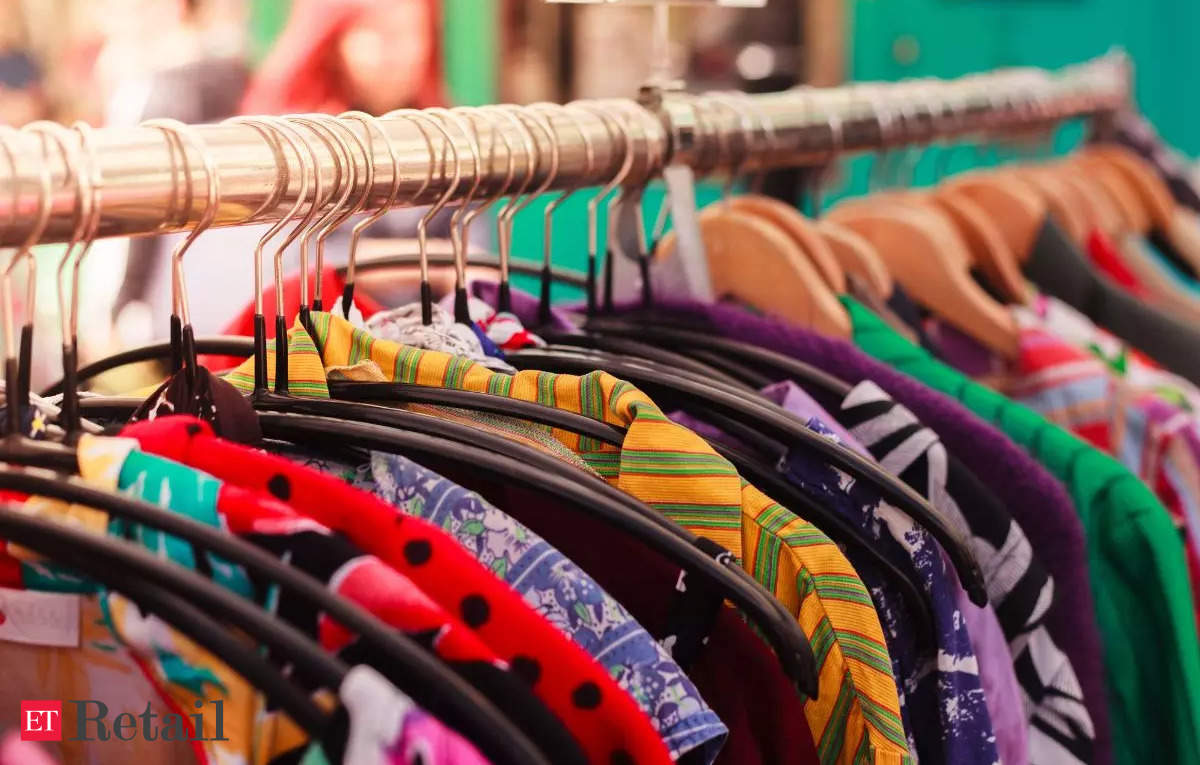Fashion
Navigating the fashion industry’s shift towards micro-seasons – ET Retail

In the dynamic world of fashion, an intriguing trend is reshaping the industry’s traditional seasonal structure: the rise of micro-seasons. This innovative approach, where brands launch small, thematic collections throughout the year, signals a strategic evolution towards sustainability, heightened consumer engagement, and a new economic paradigm. As the industry grapples with the challenges of environmental sustainability and rapid changes in consumer preferences, micro-seasons emerge as a forward-thinking solution, marrying the desire for novelty with the imperative for ecological responsibility.Traditionally, the fashion industry has been anchored in a bi-annual schedule, releasing vast Spring/Summer and Autumn/Winter collections. This model, while time-honored, has often led to significant waste, with unsold items contributing to the industry’s substantial environmental footprint. The advent of micro-seasons introduces a paradigm shift, proposing a model where smaller, more frequent collections can minimize waste, respond more agilely to consumer trends, and foster a closer connection between brands and their audiences.
The economic advantages of adopting micro-seasons are manifold. For one, this approach allows brands to experiment with new designs and concepts on a smaller scale, reducing the financial risks associated with launching large collections. This agility is particularly valuable in today’s fast-paced market, where consumer interests can shift rapidly. By focusing on limited-edition releases, brands can also create a sense of exclusivity and urgency among consumers, driving demand and potentially increasing sales through the allure of scarcity.
Furthermore, micro-seasons align with a growing consumer shift towards more sustainable and mindful consumption. In an era where environmental concerns are increasingly influencing purchasing decisions, the ability of micro-seasons to reduce overproduction and waste presents a compelling proposition. Consumers are becoming more selective, prioritizing quality and exclusivity over quantity and ephemeral trends. This shift towards more conscious consumption patterns supports a more sustainable fashion ecosystem, encouraging brands to focus on the longevity and impact of their products.
Technology and digital innovation play crucial roles in enabling the rise of micro-seasons. Social media platforms and online retailing offer powerful tools for brands to market their limited-edition collections directly to a global audience. Through strategic digital campaigns, brands can generate anticipation and excitement for upcoming releases, engaging consumers in a continuous dialogue. Moreover, advancements in production technologies have streamlined the manufacturing process, allowing for quicker turnarounds from design to delivery. This technological infrastructure is vital for the feasibility of micro-seasons, enabling brands to respond swiftly to market trends and consumer feedback.
The micro-season model also fosters a deeper integration of fashion with cultural and artistic movements. By collaborating with artists, designers, and cultural influencers, brands can infuse their collections with unique themes and narratives, enriching the consumer experience. These collaborations not only bring fresh perspectives and creativity to the fashion industry but also highlight its role as a cultural force, capable of sparking dialogue and reflection on broader societal trends and issues.
Moreover, micro-seasons offer an opportunity for brands to cultivate a more personalized relationship with their audience. In contrast to the one-size-fits-all approach of mass production, micro-seasons allow for a more curated and bespoke experience. Consumers can find pieces that resonate with their personal style and values, fostering a sense of individuality and belonging. This personal connection is increasingly important in a market saturated with choices, where brands must differentiate themselves to capture and retain consumer attention.
However, the transition to micro-seasons is not without challenges. Brands must navigate the logistics of producing smaller collections at a higher frequency, managing supply chain complexities, and ensuring sustainability in materials and production methods. Additionally, the move towards a more fragmented fashion calendar requires a strategic rethink of marketing, distribution, and retail strategies to maintain consumer interest and engagement throughout the year.
Despite these challenges, the shift towards micro-seasons represents a significant opportunity for the fashion industry to reinvent itself. By embracing this model, brands can achieve greater flexibility, foster innovation, and align more closely with consumer demands for exclusivity, sustainability, and authenticity. As the industry continues to evolve, micro-seasons may well define the new rhythm of fashion, one that is more dynamic, responsive, and sustainable.
In conclusion, the rise of micro-seasons in the fashion industry is a testament to its ability to adapt and innovate in response to changing consumer preferences and environmental challenges. This trend not only offers a pathway to more sustainable and economically viable practices but also enriches the fashion landscape with diversity, creativity, and a deeper sense of purpose. As we move forward, the continued embrace of micro-seasons will likely play a pivotal role in shaping the future of fashion, heralding a new era of industry-wide transformation towards greater sustainability, agility, and consumer engagement.
(DISCLAIMER: The views expressed are solely of the author and ETRetail.com does not necessarily subscribe to it. ETRetail.com shall not be responsible for any damage caused to any person/organization directly or indirectly.)



/static.texastribune.org/media/files/f5fdb1dff4d6fd788cba66ebaefe08d0/Paxton_GOP_Convention_2018_BD_TT.jpg)






